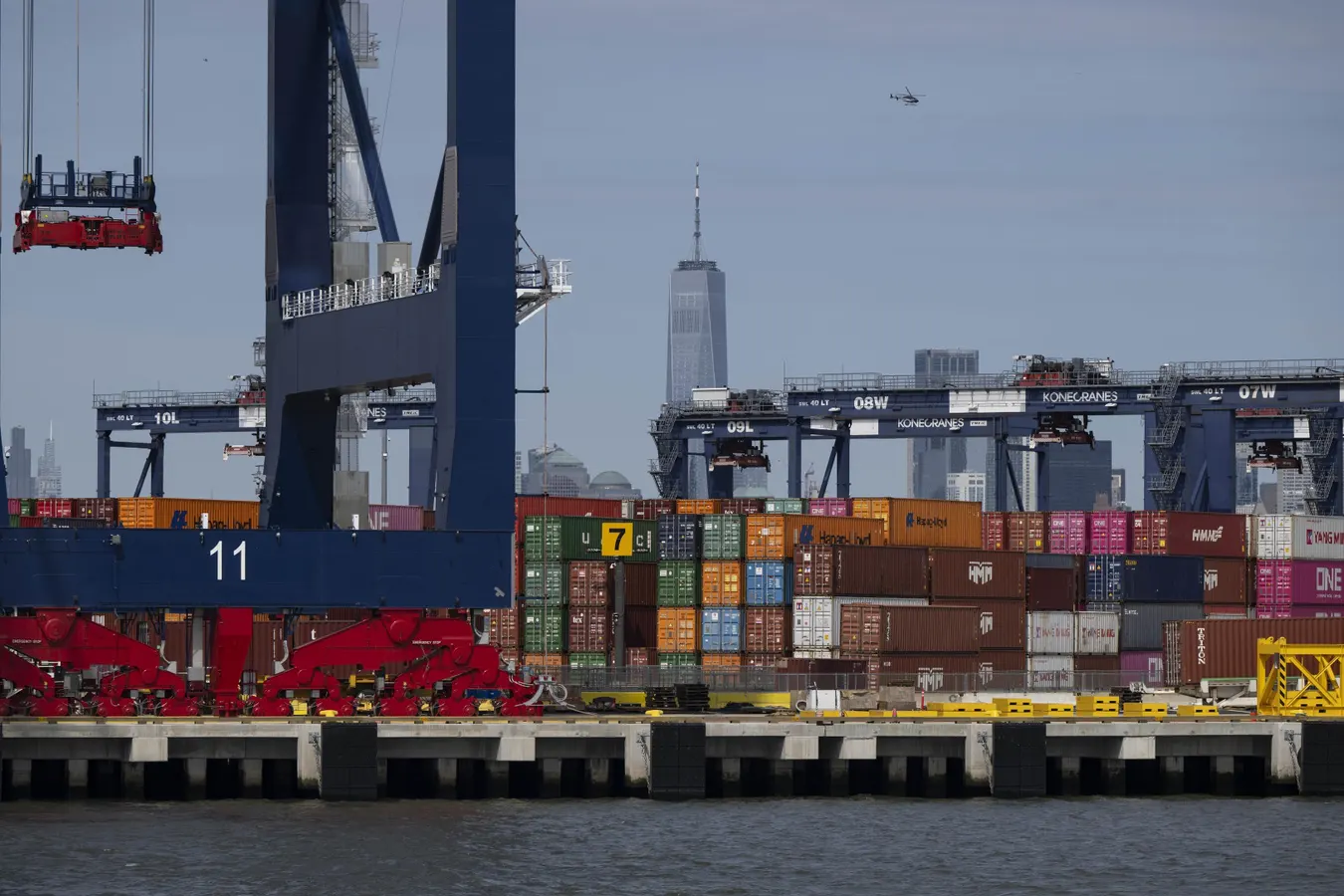By Contributor,Mostafa Bassim,Rhett Buttle
Copyright forbes

NEW JERSEY, UNITED STATES – MAY 01: Containers are loaded and unloaded from cargo ships at Port Jersey Container Terminal in New Jersey. (Photo by Mostafa Bassim/Anadolu via Getty Images)
Anadolu via Getty Images
On August 29, the U.S. stopped providing a de minimis exemption for items valued under $800 from entering the country. This means that more items being shipped to the United States will likely be subject to tariffs and businesses will have to adjust some of their operations. Here is what small business owners need to know about the de minimis exemption.
What is the De Minimis Exemption?
The de minimis exemption is the value limit an imported good can have and still avoid custom duties or tariffs. In 2016, the U.S. raised the de minimus exemption from $200 to $800, making it one of the highest in the world. This has made trade easier for smaller businesses both administratively and financially and has also helped many sell their goods on sites like eBay and Etsy.
Why is the De Minimis Exemption Being Eliminated?
The White House has included ending the de minimis exemption as part of its effort to increase tariffs on other countries. In July, Congress passed the One Big Beautiful Bill Act, which ended the exemption for all countries on July 1, 2027, and the Administration followed with an executive order moving that date up to August 29. The order stated it was necessary to suspend the de minimis exemption “to deal with the unusual and extraordinary threats, which have their source in whole or substantial part outside the United States, to the national security, foreign policy, and economy of the United States.” However, the suspension of the de minimis rule now means that lower value shipments will now be subject to an additional 10% to 50% levy that coincides with the tariff rate of the country of origin, or a flat rate of $80 to $200, depending on which option the seller chooses.
What Can Business Owners Do?
An estimated 1.4 billion shipments entered the United States last year under the de minimis exemption so this already is impacting small businesses and the consumers they serve and will continue to do so. Companies like Shopify and Etsy have provided guidance to help their sellers navigate this new policy. For example, Etsy strongly suggests that its sellers use carriers that allow them to pre-pay tariffs, duties, taxes, and other import fees at the time you purchase your shipping labels, a process known as Delivered Duty Paid (DDP). It has also put together a list of carriers that offer DDP. In addition, Zonos also offers a free calculator to help determine the new cost of these products because of the exemption elimination.
If your business is being impacted by the end of the de minimis exemption, perhaps the most important step you can take is to communicate with your customers, many of which may be paying tariffs for the first time. Be sure to let them know if a potential sale may be subject to tariffs and/or if the new cost of what they are purchasing includes tariffs or duties.
MORE FOR YOU
Editorial StandardsReprints & Permissions



